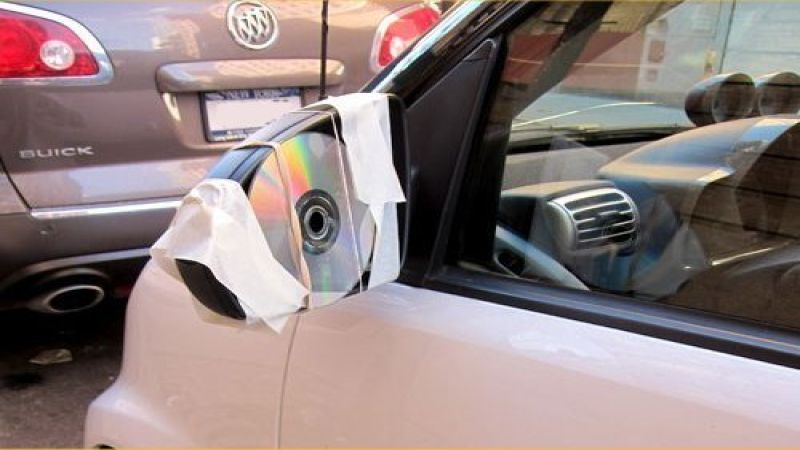A recent news item about a blindspot-less mirror invented by a math professor at Drexel University sparked conversation about the best way to use your car's current equipment to eliminate as many blind spots as possible.
Most people are unaware that the Society of Automotive Engineers (SAE) published a study paper all the way back in 1995 showing how to properly adjust your car's three rear view mirrors to optimize viewing area and minimize blind spots. The idea still works today, though many of today's vehicles have a very limited central rear view that will create blind spots you cannot control. Even back in 1995, cars still had a good-sized rear window as the norm.
So, back to SAE. Until this discussion of rear views came up, I had no idea that they had written a paper on this. My first introduction to this type of mirror setting was in a defensive driving course I took in college to lower my car insurance rates. While the settings are simple to do, most people will have a lot of adjustment in order to get used to them.
The average person sets their mirrors like this: center mirror centered on the rear window, right and left hand mirrors set to show some of the door or side of the car. This provides easy orientation when switching between mirrors, but creates a huge blind spot at the rear corners that, in many cases, can hide an entire car.
SEA says to change those side mirrors so that they cover that blind spot instead, though this removes the orientation most drivers are used to. To set those mirrors, follow these steps:
1- Adjusting the left mirror, put the left side of your head on the door glass and look in the mirror. Adjust it outwards (left) until you can just see the rear quarter of the vehicle in the mirror.
Advertising 2- Adjusting the right mirror, tilt your head about the same amount to the right (roughly to the center of the car, just past the edge of your bucket seat's corner) and adjust that mirror outwards (right) until you can just see the rear quarter of the vehicle in that mirror.
3- Keep your center mirror adjusted to show as much of the rear window's view as possible.
4- Sitting straight, you should not be able to see the sides of the car in the side mirrors at all, but tilting your head somewhat will show a glimpse of them.
This narrows your blind spots enough that they'll either be eliminated altogether or be so small that only a portion of another vehicle (or perhaps a motorcycle - always look twice) is hidden in the blind. When backing into parking spots, you'll notice that you can more easily see the lines on the pavement and the other vehicles you may be attempting to avoid while maneuvering into the slot.
The change for the driver here is to stop thinking of the mirrors as separate units and begin thinking of them as one long view of the rear of the car. From the left mirror, you should have a panorama of the area to the sides and behind the vehicle and a clear view of most of the lanes to either side as well. When a vehicle in another lane leaves your view in the center mirror, it should appear immediately (if not just before) in the side mirror.
Once you get used to this mirror placement, you'll find yourself more aware of your surroundings and even have less need to crane your neck hoping to see behind you around that big pillar behind your door. Try it for a few days and see how it works for you.











Comments
I've always done this and I
Permalink
I've always done this and I have no idea what this blind spot nonsense is all about. It must be for lazy people who don't move while driving. Even that problem was long ago solved in other countries (like Japan) where the side mirrors are moved forward to the fenders.
Is there a job opening for a
Permalink
Is there a job opening for a proofreader?..."windshield"??
Embark into the breathtaking…
Permalink
Embark into the breathtaking universe of EVE Online. Find your fleet today. Explore alongside millions of players worldwide. Play for free